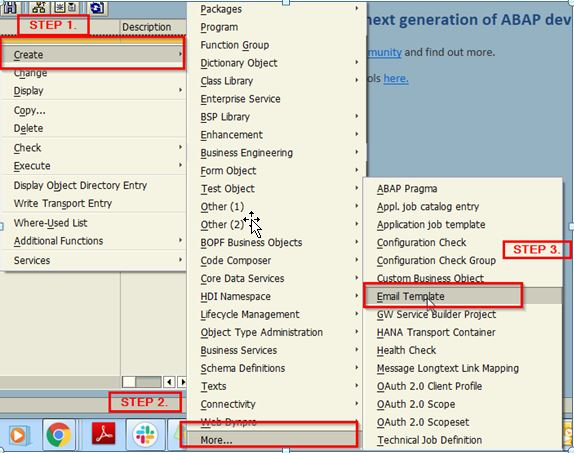项目场景
Qt中,线程通信无处不在,最核心的特性信号槽就是一种线程间通信,安全可靠易用。除此之外,还有别的几种常用的方式:
QMutex
互斥锁,可以保护共享的数据访问,例如对共享数据globalCounter得读写,可以保证数据的唯一和安全。
#include <QCoreApplication>
#include <QThread>
#include <QMutex>
#include <QDebug>
QMutex mutex;
int globalCounter = 0;
class Worker : public QThread {
protected:
void run() override {
for (int i = 0; i < 1000; ++i) {
mutex.lock();
++globalCounter;
mutex.unlock();
}
}
};
int main(int argc, char *argv[]) {
QCoreApplication app(argc, argv);
Worker worker1, worker2;
worker1.start();
worker2.start();
worker1.wait();
worker2.wait();
qDebug() << "Global counter:" << globalCounter;
return 0;
}
QWaitCondition
条件等待通常与QMutex搭配使用,本质是等待某一线程释放mutex后,别的线程才可以使用,添加了事件执行条件,可以避免同一时间多个线程同时访问同一变量。
#include <QCoreApplication>
#include <QThread>
#include <QMutex>
#include <QWaitCondition>
#include <QDebug>
QMutex mutex;
QWaitCondition condition;
bool ready = false;
class Producer : public QThread {
protected:
void run() override {
mutex.lock();
qDebug() << "Producer is producing.";
ready = true;
condition.wakeOne();
mutex.unlock();
}
};
class Consumer : public QThread {
protected:
void run() override {
mutex.lock();
if (!ready) {
condition.wait(&mutex);
}
qDebug() << "Consumer is consuming.";
mutex.unlock();
}
};
int main(int argc, char *argv[]) {
QCoreApplication app(argc, argv);
Producer producer;
Consumer consumer;
consumer.start();
producer.start();
consumer.wait();
producer.wait();
return 0;
}
QSemaphore
信号量可以控制访问特定资源的线程数量。
#include <QCoreApplication>
#include <QThread>
#include <QSemaphore>
#include <QDebug>
QSemaphore semaphore(3); // 允许同时访问资源的数量
class Worker : public QThread {
protected:
void run() override {
semaphore.acquire();
qDebug() << "Worker is accessing resource in thread:" << QThread::currentThread();
QThread::sleep(1); // 模拟工作
semaphore.release();
}
};
int main(int argc, char *argv[]) {
QCoreApplication app(argc, argv);
Worker workers[10];
for (auto &worker : workers) {
worker.start();
}
for (auto &worker : workers) {
worker.wait();
}
return 0;
}
QEvent
使用事件队列传递和处理,实现线程间的通信。
#include <QCoreApplication>
#include <QThread>
#include <QDebug>
#include <QEvent>
#include <QApplication>
class CustomEvent : public QEvent {
public:
static const QEvent::Type EventType = static_cast<QEvent::Type>(QEvent::User + 1);
CustomEvent(const QString &message) : QEvent(EventType), message(message) {}
QString message;
};
class EventReceiver : public QObject {
protected:
bool event(QEvent *event) override {
if (event->type() == CustomEvent::EventType) {
CustomEvent *customEvent = static_cast<CustomEvent *>(event);
qDebug() << "Received custom event with message:" << customEvent->message;
return true;
}
return QObject::event(event);
}
};
class EventSender : public QThread {
protected:
void run() override {
QThread::sleep(1);
qApp->postEvent(receiver, new CustomEvent("Hello from another thread!"));
}
public:
EventReceiver *receiver;
};
int main(int argc, char *argv[]) {
QCoreApplication app(argc, argv);
EventReceiver receiver;
EventSender sender;
sender.receiver = &receiver;
sender.start();
sender.wait();
return app.exec();
}
以上就是Qt中线程常用通信方式介绍的详细内容,更多关于Qt线程通信的资料请关注脚本之家其它相关文章!
来源链接:https://www.jb51.net/program/334212kn1.htm
© 版权声明
本站所有资源来自于网络,仅供学习与参考,请勿用于商业用途,否则产生的一切后果将由您(转载者)自己承担!
如有侵犯您的版权,请及时联系3500663466#qq.com(#换@),我们将第一时间删除本站数据。
如有侵犯您的版权,请及时联系3500663466#qq.com(#换@),我们将第一时间删除本站数据。
THE END












暂无评论内容